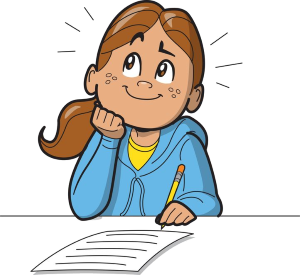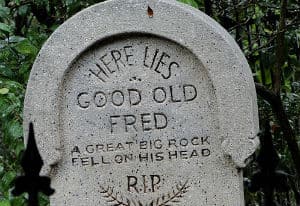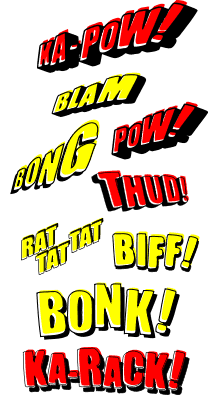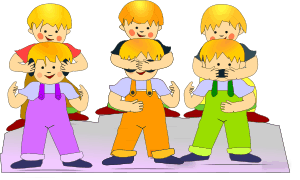This lesson plan uses descriptive examples to explain what personification means and how it is used in poetry. Students will read poem excerpts in which examples of personification are identified. Then, they will create their own poetic sentences and short poems using personification.
Personification means using human qualities or actions to describe an object or an animal. The word “personification” actually contains the word “person,” and to personify an object means to describe it as if it were a person. Instead of saying that the sun is shining, we might say that the sun is smiling down at us. Instead of describing a flag as moving in the wind, we could say that the flag is dancing.
Using a human word to describe an object can make a poetic image seem more vivid. It can also give us an idea about how the narrator (the person describing the object) is feeling toward the object. For example, “The sun was smiling down at me” seems to indicate that the narrator has positive feelings about the sunshine. On the other hand, a narrator who says “The sun was glaring down” seems to have negative feelings about it.












